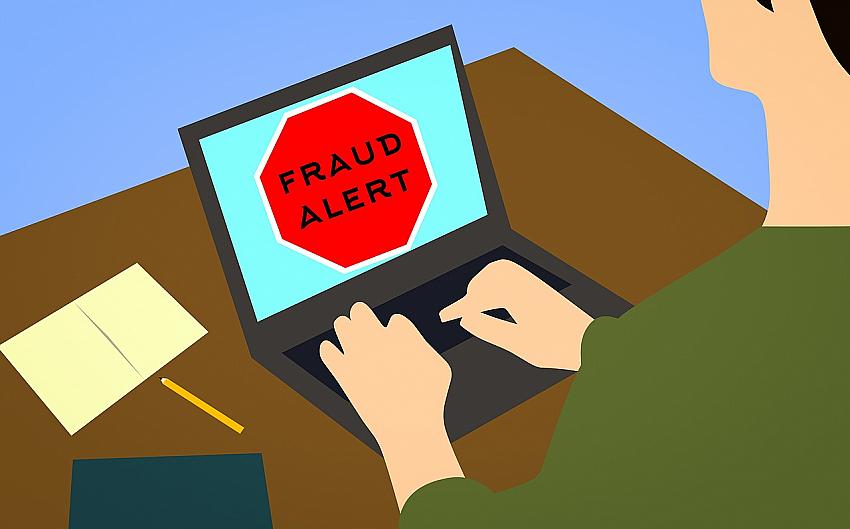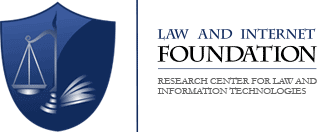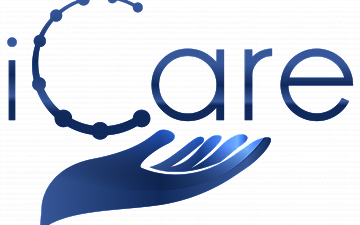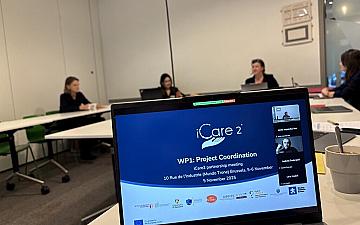With the advancement of technology in this overly modernised world, in which we increasingly spend not only our free time on the Internet, we have surely come across at least once profile on the web that did not seem credible to us. We all receive a number of "promoted" ads, "suggestions" for pages or profiles we would like/follow, and emails from unknown senders we don't care about (also known as spam). All of them are generally defined as fake profiles.
What are fake profiles?
Fake profiles differ according to the purpose for which they were created. Mostly, fake profiles are created for celebrities in show business and politics. Different type are those profiles created for the purpose of accumulating likes for a page on Facebook, Instagram, Twitter, etc. This is done precisely to avoid paying for high-rating positioning on social network. Other similar profiles imitate a trademark or company name to sell their products with taking advantage of their image. But there are also those who are there for the purpose of online persecution, violence or malicious theft of data and identity for personal gain. These fake profiles are the worst kind, and most often young people become their regular victims because of their misinformation or too little information they receive. For this it is very important to be aware that such exists and to learn how to recognise them.
How to recognise a fake profile?
In general, fake profiles can be distinguished from real ones very easily. When we're not sure if a social network message is genuine, it's best to check who is sending it first. Here are a few ways to help us identifying them easily. Are we dealing with fake profiles, bots and/or trolls:
- Pay attention to the profile name and URL-link - it is common practice for online scammers to register with one name, which they then change. Company or public figure profiles are usually marked with a blue mark, if this symbol is missing, it is likely that the profile is not real.
- Look at profile pictures – Low resolution can be quite a warning sign, you can use the reverse search by photo, which is offered by almost all search engines, it will show whether the same photo was used for a profile registered with another name.
- See followers - fake accounts are easily recognised in that they don't have many followers and friends, if the posts don't gather almost any likes and comments is also questionable.
- Establish the content and behavior of the page - check when the account was created, if it exists very recently, this is doubtful, in addition, look at the posts and ask yourself if they correspond to the person whose profile you are viewing.
What are trolls and bots?
Troll - a person who harasses or insults others online. Trolling means intentionally posting fraudulent or offensive content in the online community. The intention is to provoke other readers, disrupt the conversation, or silence users.
How to recognise them - trolls are real people who have overactive behavior online, who are paid to publish certain content. Do you recognise websites that have been found to spread misinformation? Is there personal information on the profile? Do you notice it commenting on identical things under different posts? These are all signs that you may be dealing with a troll.
Bots - the term bot is an abbreviation of "robot" and is used for social media accounts that comment, share and post unnaturally a lot of content, have no opinion of their own and follow a predetermined algorithm. They aim to connect with other, real users and create virtual "friendships".
How to recognise them - does the username contain an illogical sequence of letters or something that looks like an error? Is there no profile picture and profile information?Most bots can also be recognied by the fact that they follow many people, and their profile is not followed by anyone.
How to protect yourself:
- Use legitimate, updated to the latest versions operating systems, antivirus protection and browsers.
- Question emails or sites that require personal information or financial information.
- Check the shipper's real address.
- Check the hyperlinks to which the received message leads with the real addresses from the browser.
- Use world-renowned email service providers.
- Do not mark consumer names or passwords in the browsers.
- Use different passwords to access different accounts on the Internet.
- Change passwords in public Internet services for at least three months.
Remember that it is good to be careful what you share, comment and even like, as well as what groups you are a member of – not only with comments and shares you can significantly influence people's opinions, but also without wanting to become a fake news distributor.









